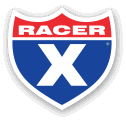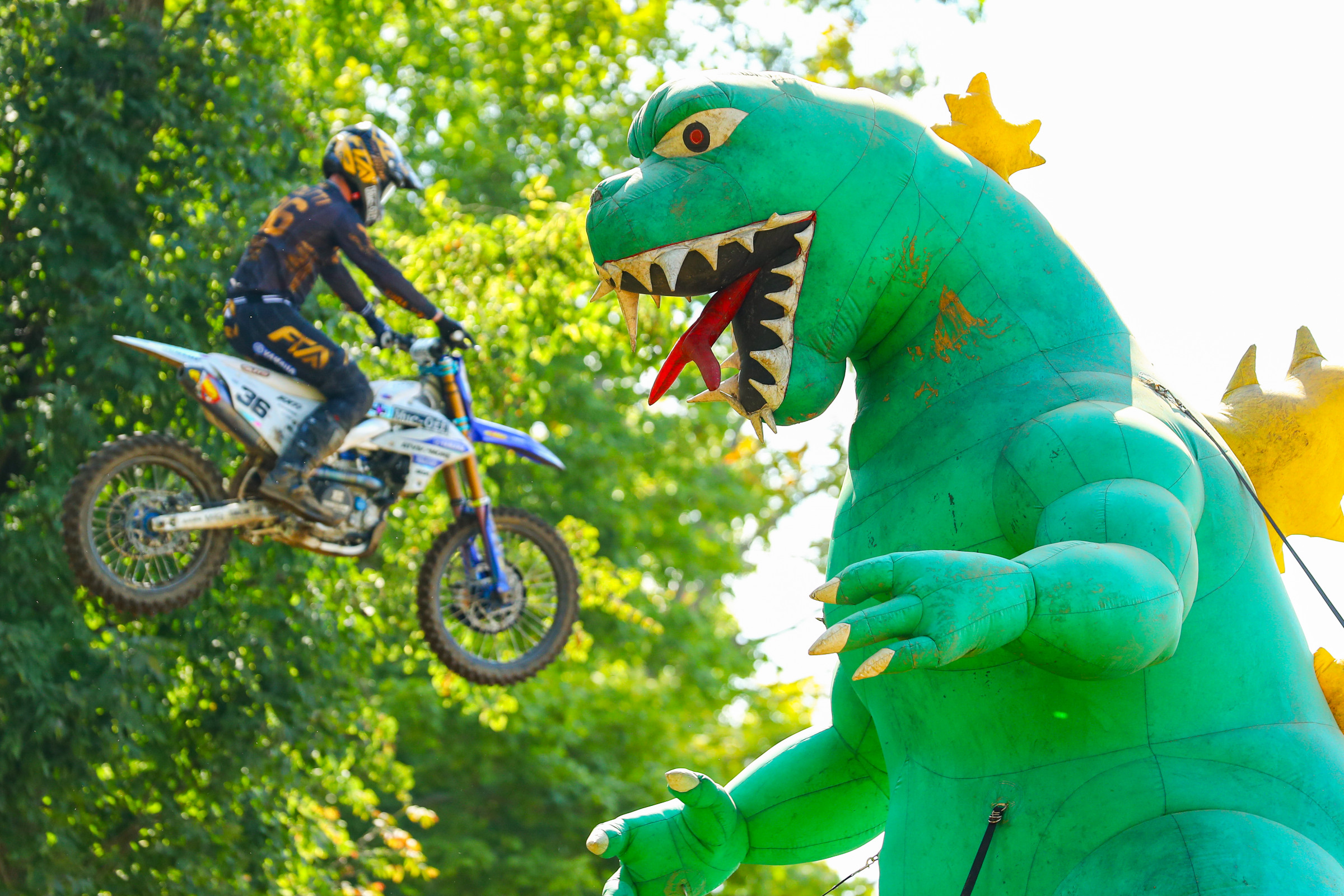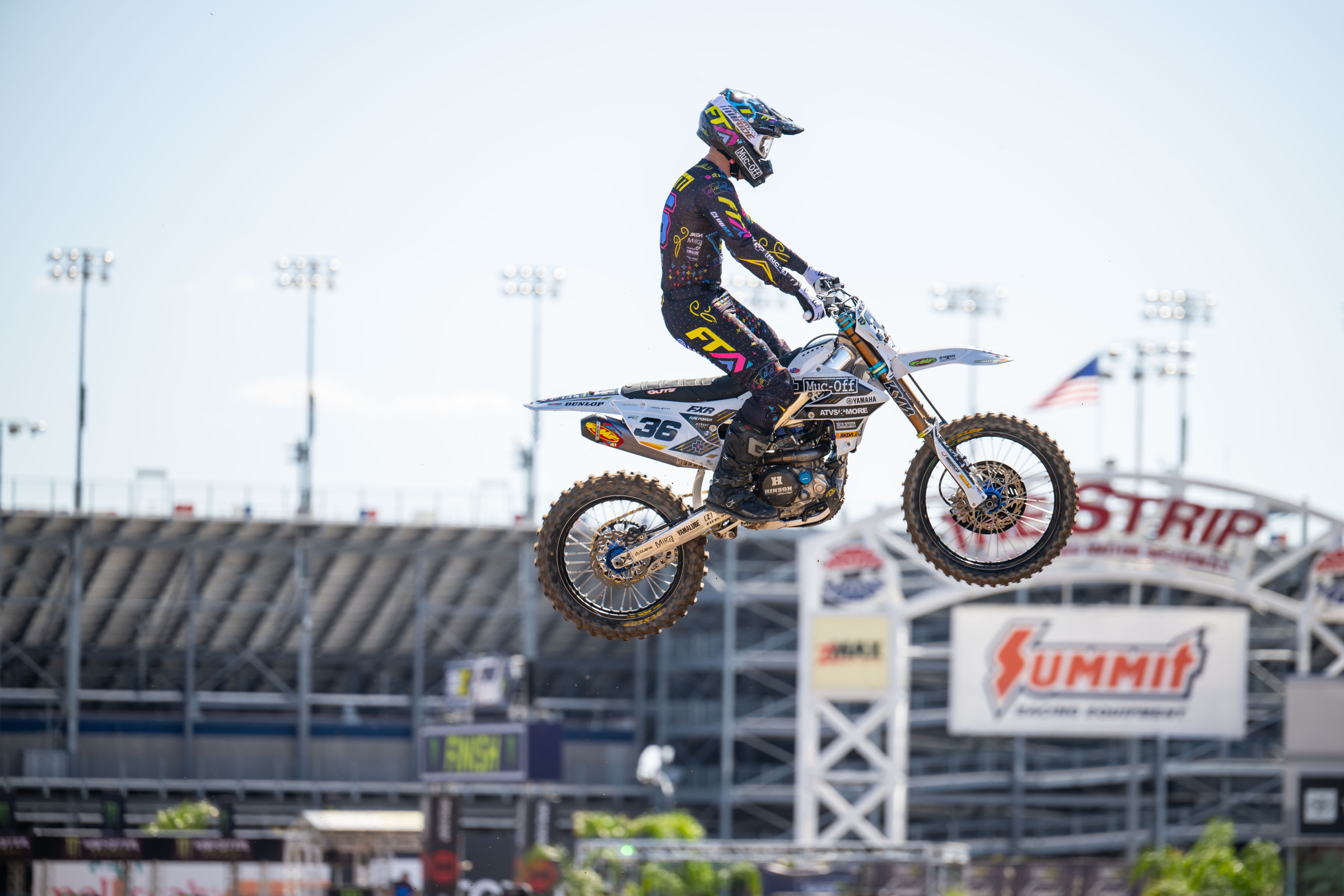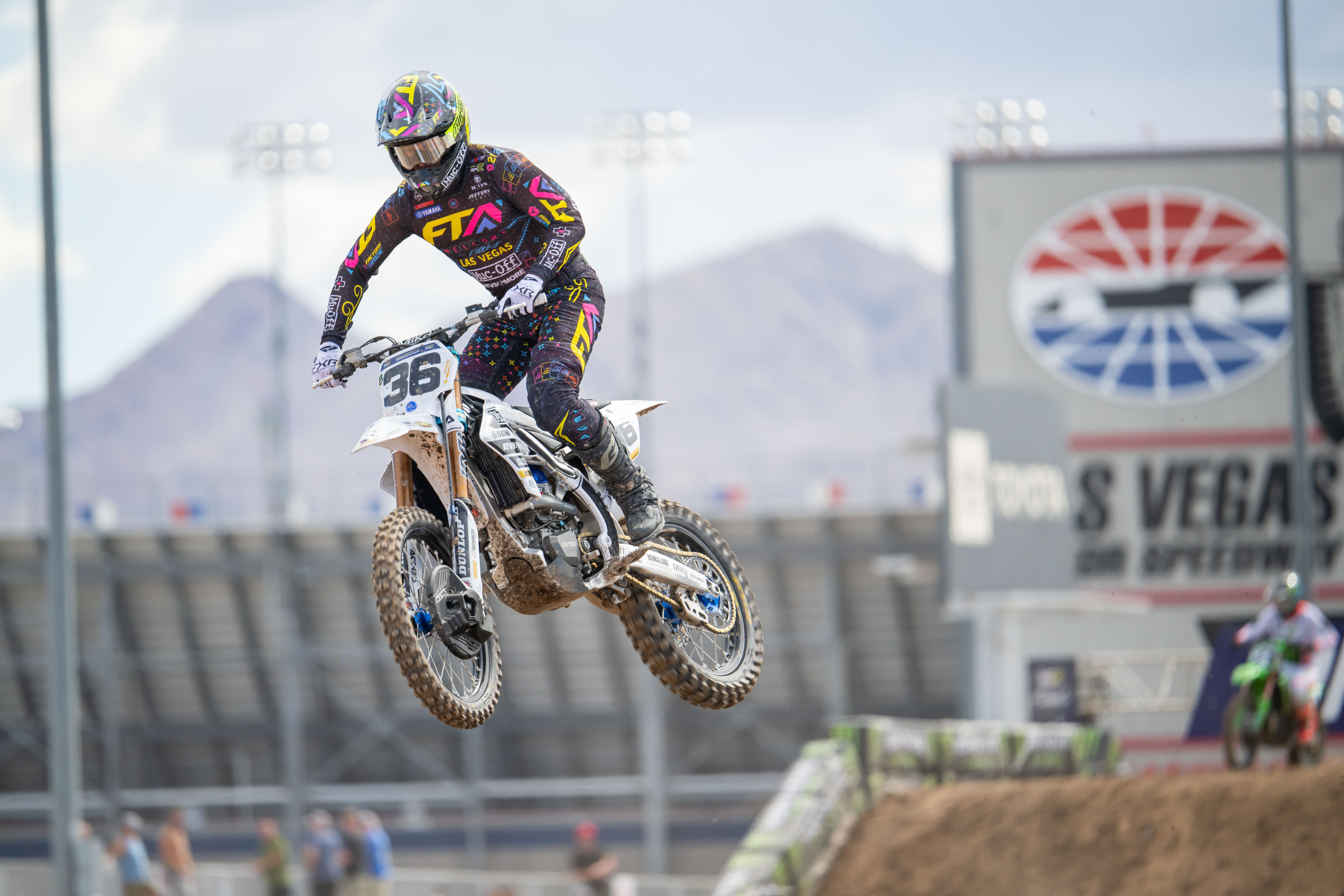It's Anaheim 1 weekend, and for the first time in years, the gate will drop on a supercross season that doesn't include Phil Nicoletti. Don't despair, however, because the crabbiest retiree in the sport still has a presence right here in his weekly column. This week Filthy gets into topics like, cumulative fatigue, hometown heroes, and learning from the previous generation.
As always, if you have any questions or thoughts to share with Phil, send them on over to Phil@RacerXOnline.com.
Phil,
From a fitness perspective, I am curious what is the most demanding race series.
Can you rank (most fitness needed to least)) US MX, MXGP, US Supercross, Canadian MX, and GNCC. And should we throw in World Supercross? Also, looking into 2025, with the shackles of a full US pro race schedule being removed, what races or events are you most looking forward to?
-Jim
Jim,
Unfortunately they are all gnarly as hell. But from a fitness perspective I have to also consider accumulative fatigue. It's also hard when you never have done all the series'. From just physical fitness, any motocross series is physically harder than a supercross one. Any rider will say an outdoor national is harder than a supercross main event, physically. A supercross main event isn’t a cakewalk by any means though. I’m just going off total time spent in the red zone, also with the variables or travel and weather conditions. Now, a 30-plus-two in the US vs. MXGP is the same. The same expenditure is being put out, but MXGP is one series with 21 events. AMA Pro Motocross is 11. AMA Supercross is 17. GNCC is 13 rounds with about a week off in between each round and split up with a 1.5-month break. Canadian Nationals are eight rounds in just over two months. My rating is just per series off accumulative fatigue. MXGP, AMA Motocross, AMA Supercross, GNCC, Canadian MX, WSX. BUTTTT……AMA riders are racing from January to the end of September, with about six total weekends off for the year with SX and MX. So as a whole, I believe AMA is a more demanding year. I get riders do other MX races and one off events, but just series to series, that’s how I feel.
-Phil
Phil,
When I watch college football they will, often times, announce a player’s hometown. But in moto it doesn’t seem they share that info, other than the occasional mention of the German or French guy as a national reference. I remember, as an example, Bakersfield, CA, had a number of fast kids. It seems like that would be something the TV viewers would like to hear. I had to look it up in the Racer X Vault, but Cochecton, NY, seems to only have one guy who turned out pretty fast. My question is, do you have enough TV influence that we can get hometowns mentioned? I would think all of those fans back home would get pretty amped up hearing the town they’re watching from is mentioned on TV.
-Mr. Geographic
Mr. Geographic,
I thought I’ve heard TV commentators say through the years where riders were from. But to be honest, during a race when shit is going down, do you think it’s necessary to know? I personally don’t care where someone is from, but then again that’s just my opinion. That to me just seems like content that gets thrown out to help fill dead air. You know how the NFL introduces the players when the game kind of starts? They say who they are, what position, and where they went to school. I think something like that would be cool before a starting lineup of the main event. You just say the name and team, and under it it says where you are from. Then people can actually see your face and put it with the name. To list 22 riders might be tough though with the amount of available airtime.
-Phil
Coors Light Phil,
You hear about riders of previous generations working with today’s racers. Johnny O’Mara with the Lawrences, for example, or for a while Jeff Stanton was working with Justin Barcia. I’m sure there are plenty more examples. My question is, what kind of insight are these wisemen of moto able to provide for the whippersnappers? I’m not doubting their knowledge one bit, but the sport has changed so, so much since their era. Current bikes might as well be UFOs compared to the old two-strokes of 30-40 years ago, and riding styles have evolved dramatically too. So what is it specifically that these masters are able to offer their diligent pupils?
-Shotgun Champ
Shotgun,
I will agree with you to an extent. The hardest part for those guys is to be in touch with the bike stuff. On that, they don’t know what a new generation bike feels like, or what the true capabilities are. But one thing they do have is the experience and knowledge of years of watching. You pay for what they know and see. They can still read stuff pretty damn well. They have spent years and years now going to the same tracks, same towns, same airports. When you hire a trainer to be around full time, you want them to bring a sense of comfort too. The trainer that is hired, at that point becomes a babysitter. The idea is to take the load off the athlete. So with guys who are older and wiser, they know how the system is run.
-Phil







